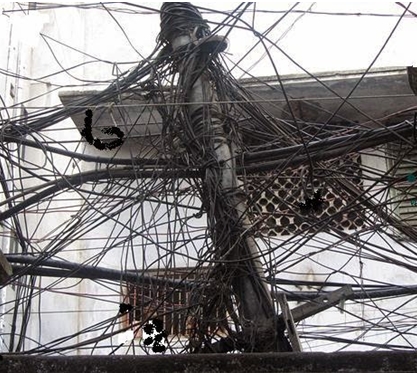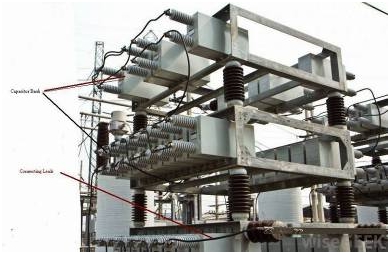
The largest amounts of these losses occur in the primary and secondary distribution lines, and can be classified as either technical losses or non technical losses.
With that being said, let A.N explain us everything about power losses and tell us how to reduce them. If you want to be published on this blog, send us a mail.
Technical electrical power losses
Technical losses occur when the energy is dissipated by the equipment and conductors in the distribution lines. The losses depend on the network characteristics, and mode of operation. There are two categories of technical power losses; the fixed technical losses and the variable technical losses.
Fixed technical losses
The fixed losses in the distribution lines account for between a quarter and a third of the total technical losses. These are usually in the form of heat and noise and occur whenever the transformer is energized.
The fixed losses are not influenced by the amount of load current flowing, but rather by
- The leakage current losses
- Open circuit losses
- Corona losses
- Dielectric losses
Variable technical losses
The variable losses are proportional to the square of the load current and accounts to between 2/3 and ¾ of the technical losses in a distribution system.
The variable losses arise due to the line impedance, contact resistance and the joule heating losses.
Causes of technical losses
- Inefficient equipment such as the transformers, pumps, electrical machines and industrial loads.
- Inadequate size of conductor in the distribution lines
- Long distribution lines
- Load imbalance among the phases
- Low power factor.
- Over loading of lines
- Transformers installed far from the load centers
- Haphazard installation of distribution systems to cope with demands to new areas
- Bad workmanship

Figure 1: Distribution line that is not maintained properly | image: manojbpl.blogspot.com
Commercial (non-technical) power losses
The non-technical losses, also referred to as commercial losses, are those related to unmetered supplies, incorrect billing, untimely billing, wrong tariff, defective meters and energy thefts.
The unmetered supplies are those that may be left out when estimated amounts are used to calculate the amount of power to bill for. In addition, some consumers may tamper with the meters to make them indicate less power than what is actually used.
The energy theft may occur when consumers tamper with the metering, or collude with the utility personnel to make illegal connections.
How to reduce power losses in distribution lines
Losses in the distribution of electricity cannot be eliminated, but can be minimized by proper planning of the distribution systems to ensure that power remain within limits. Some of the ways to reduce losses include;
- Use of proper jointing techniques, and keeping the number of the joints to a minimum.
- Regular inspection of the connections, isolators, drop out fuses, LT switches, transformers, transformer bushing-stem, and other distribution equipment.
- Proper selection of conductor size, as well as the transformer in terms of efficiency, size and location. In particular, it is important to locate the distribution transformers at the load center and if possible keep the number to a minimum.
- Feeding heavy consumers directly from the feeders
- Maintain the network components and replace those that are deteriorating, worn out or faulty.
- Proper load management and load balancing
- Use of electronic meters which are accurate and tamper-proof.
- Improving power factor by adding shunt capacitors.

Figure 2: Power factor correction using a capacitor tank in a substation | image: manojbpl.blogspot.com
Summary
Power losses in an electrical distribution network can be minimized by proper planning and designing of the lines, use of efficient equipment at both the distribution and consumer levels. In addition, there should be periodic maintenance, and replacing of malfunctioning and energy inefficient distribution equipment and parts.
Thanks,
A.N.
Thank You very much for such important information. It helped me a lot in doing my college assignment.
A It is considered that the reactive power generated by the capacitor bank is stable during the 5 first years of operation, and then decreases by 10% every year.